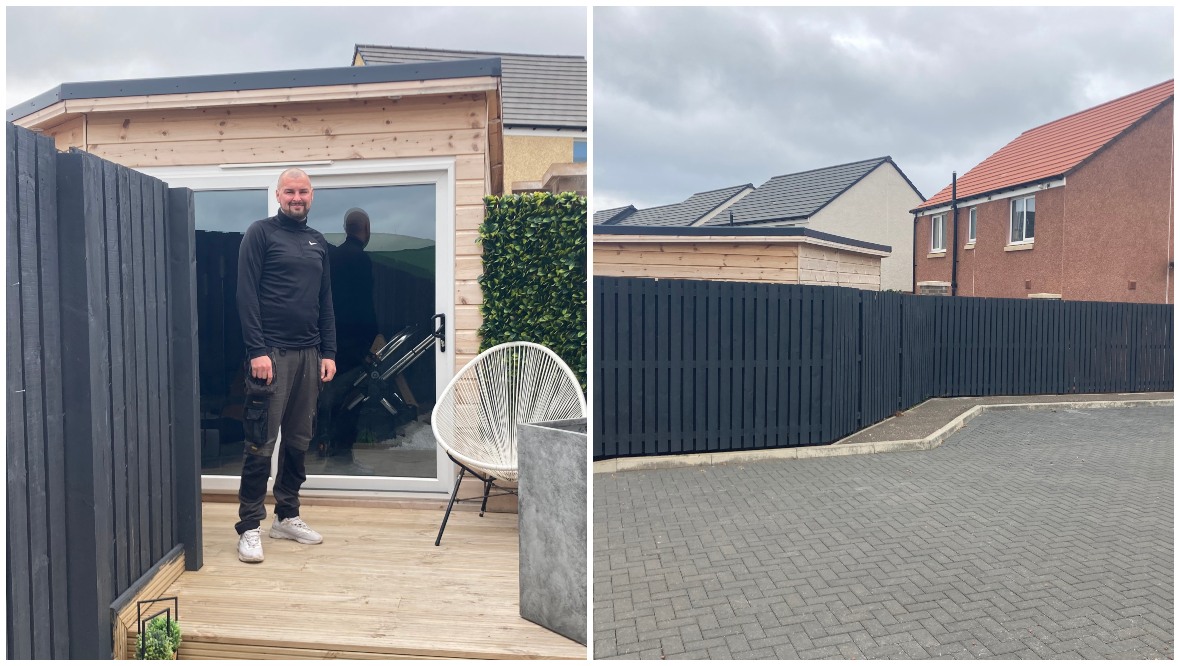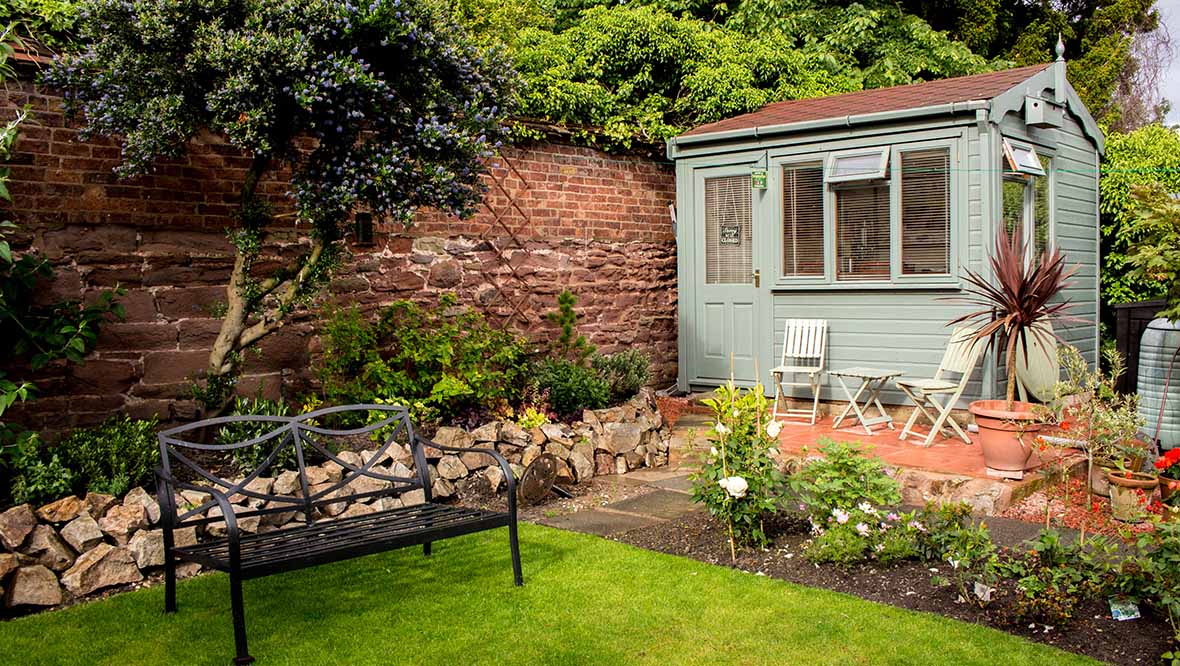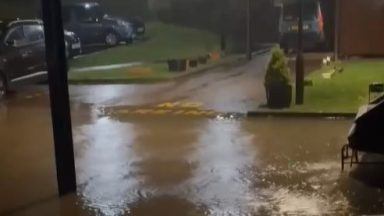As we move into the summer months, many Scots are looking to spruce up their gardens or add an extension to their property.
However, before embarking on installing a new summerhouse, fence or greenhouse, it is worth checking first whether or not planning permission is needed.
After a family from East Lothian were ordered by the local authority to tear down £10,000 worth of additions to their home, STV News looks at the rules and regulations around planning permission for new buildings and developments.
What buildings don’t require planning permission?
Sheds, garages, greenhouses and summerhouses are known as “ancillary buildings”. Most don’t require planning permission as they meet a set of rules called “permitted development”.
However, people should still check with their local authority’s planning department before embarking on any work, as other approvals may be required.
Furthermore, if the land is in a conservation area or in the grounds of a listed building, the ancillary building should have a footprint of less than four square metres.
The full list of building projects that may not need planning permission is available to view here.
When do I need planning permission?
People require planning permission if:
- They want to build something new;
- They want to make a major change to a building – like an extension;
- They want to change the use of their building;
- Their building is in a conservation area;
- Their property is a listed building.
Planning authorities can advise on conservation area status, and people can check if their building is listed by checking Historic Scotland’s listed building search.
What are the ‘permitted development’ rules for an ancillary building?
Current rules state that a new building should be:
- Located at the back of the house;
- Not used as a separate home to live in;
- Not take up half or more of the ‘curtilage’ – meaning half or more of the grounds behind your home;
- Not be higher than four metres at the highest point;
- Not have any part a metre or less from the boundary higher than 2.5 metres;
- Not have eaves (the part where the wall meets the roof) higher than three metres.
What are the rules for extensions?
The rules depend on how many storeys (levels) your extension will have.
If your extension has one storey, you don’t need planning permission as long as:
- It’s located at the back of the house;
- It doesn’t go back further than three metres if it’s a terraced house, or four metres if it isn’t;
- The height of the eaves (where the wall meets the roof) is no higher than three metres;
- It’s not higher than four metres, including sloping roofs;
- It doesn’t cover more ground area than your house does;
- It doesn’t take up half the ‘curtilage’ – the grounds behind your home;
- It isn’t within a conservation area.
If your extension has more than one storey, you don’t need to apply for planning permission as long as:
- It’s located at the back of the house;
- There’s at least 10 metres between the extension and the boundaries of your grounds;
- It isn’t higher than your house (excluding chimneys);
- It doesn’t cover more ground area than your original house does;
- It doesn’t take up half the ‘curtilage’ – the grounds behind your home;
- It isn’t within a conservation area.
What about building a gate, fence or wall?
People will automatically have planning permission to build a gate, fence or wall if they meet the “permitted development” rules.
In this case, the gate, wall or fence can be up to two metres in height, as long as:
- It’s not facing a road;
- It does not come any further forward than the ‘principal elevation’ (the front of your house) or the side elevation (the side of your house);
- It’s not within or on the boundary of the grounds of a listed building;
- Your house is not within a conservation area.
If the application does not meet these rules, it may still qualify for permitted development as long as it’s not higher than one metre, and not within a conservation area or in the grounds of a listed building.
What happens when I apply for planning permission?
The Planning Authority in your area will publish details of the application on its website, as well as tell your immediate neighbours.
While the application is being considered, anyone can visit the website and comment.
A drop-down list of the websites of the various local planning authorities across Scotland is available to view here.
Planning authorities aim to reach a decision within four months for major developments and two months for local developments.
People can apply for planning permission online using the ePlanning Scotland website.
If your project needs planning permission and you do the work first, you may be served an enforcement notice.
Why have a family in East Lothian been ordered to tear down their fence and summerhouse?
 LDRS
LDRSGary Anderson and his partner Lana Cockerell have been ordered to tear down a summerhouse and fence nearly a year after they put them up on their land after they were branded an “eyesore”.
The couple spent £10,000 fencing in land at the side of their house and creating a summerhouse in the corner.
Despite the land at the side of the house coming with the property and being included in the title deeds, East Lothian planners said it was part of an “open space” design of the larger estate.
The council said the decision to leave part of the land between the rear fence of the properties and the footpath “softened the landscape” and moving the fence to the edge of the path “undermined the contribution that area of open space made to the landscape”.
East Lothian Council said: “The fence and summerhouse together with decking are inappropriate in terms of their positioning on what was an area of open public space.
“They disrupt and do not respect the design of this part of the housing estate.”
Follow STV News on WhatsApp
Scan the QR code on your mobile device for all the latest news from around the country


 iStock
iStock
























